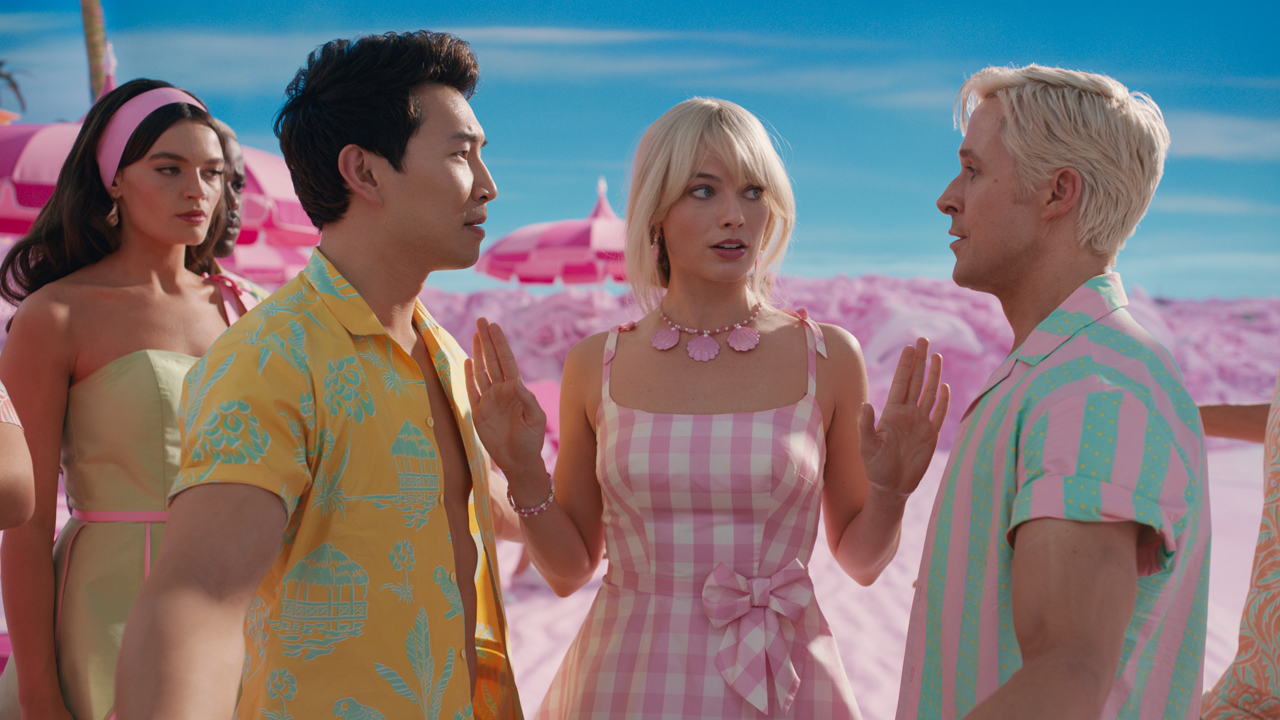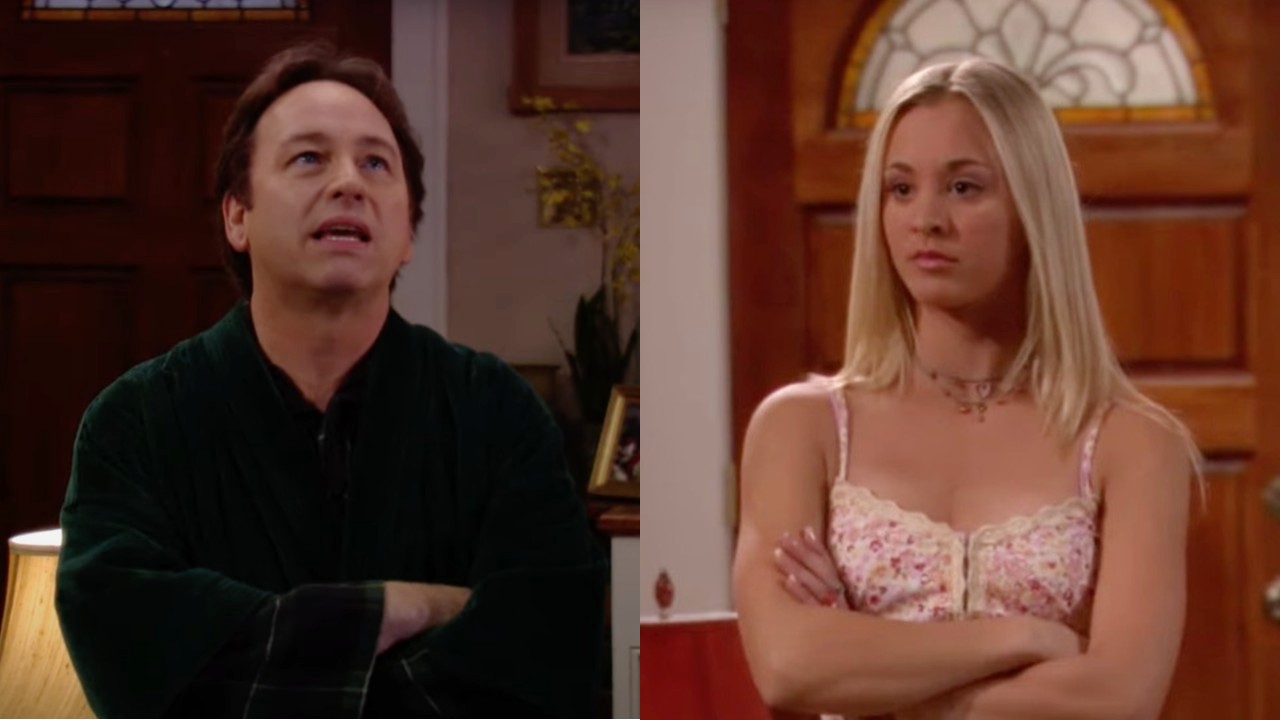Netflix’s CEO Thinks Barbie Would Have Been Just As ‘Big’ If It Went Straight To Streaming. He’s Right But Also Very Wrong.
Not all eyeballs count the same.

Yesterday, I was flipping around the Internet when I saw a headline about Barbie and how it would have performed on Netflix. The CEO of the streaming giant, Ted Sarandos, apparently said both it and Oppenheimer would have been just as “big” if they were on Netflix. My knee-jerk reaction was immediate disagreement but also, a need to read more and get the full context.
So, I traced back the quote and read the entire New York Times interview to get the full story. It turns out he didn’t say the movies would have been just as big, he said they would have “enjoyed just as big of an audience.” He’s right, at least in a technical sense, but also, he’s wrong, at least in a cultural sense. To understand why, we need to talk about ratings and viewership, about how not all eyeballs count the same and survey results. We need to talk about survey results.
But first, let’s talk about Barbie. Barbie was released last July, on the same weekend as Best Picture winner Oppenheimer, and grossed a staggering 1.4 billion dollars at the box office. In a time of extreme movie theater pessimism, Margot Robbie and company sold out screenings all around the world. Millions of people who aren’t consistent moviegoers decided there was something about this specific movie they wanted to see. So, they showed up and in a lot of cases, brought their friends. Many coordinated outfits and dropped fun pictures. Arguments on social broke about whether it was more appropriate to see Barbie first and Oppenheimer second or Oppenheimer first and Barbie second. The conversation was everywhere and inescapable and somehow made Barbie feel even bigger than a 1.4 billion dollar juggernaut.
Without taking anything away from Barbie, which is a terrific movie, It would be easy to say many people watched Barbie because their friends watched Barbie, but that’s not actually true. Most people don’t actually do things just because their friends do them. That’s not how peer pressure works. They do things because their friends recommend those things. Silently participating in something other people also silently participated in isn’t that appealing. And we know that because of survey results.
You know how companies ask you to fill out surveys rating how much you like their products? Well, the sneaky truth about those survey results is a lot of the companies don’t actually count all the results. I can’t speak for every company, but what a lot of them do is ignore all the results in the middle. If you were asked on a scale of 1 to 10 how much you liked a product and you said a 7, your score probably didn’t count. From the company’s perspective, you liked the product well enough not to complain but not well enough to recommend it to other people. Instead, what they’re looking for are 9s and 10s and 1s, 2s, 3s and sometimes 4s. Those are the people who will either recommend it to their friends or tell their friends not to buy it. Those are the types of people who will leave good reviews or bad reviews. They’re the influencers.
For a movie to have a cultural impact, for it to feel “big”, it doesn’t need viewers. It needs to have influencers. Silently consuming is not enough. People need to talk about it, one way or the other. We see that with television all the time. During The Nanny’s six season run, the show never finished the year higher than 16th place in the ratings. 1996 was the highest it ever peaked. It was pounded in the ratings by shows like Caroline In The City, The Single Guy, Boston Common And Grace Under Fire. Yet, if you ask people of a certain age about those shows, chances are they have very vivid memories of The Nanny and probably forgot at least a few of those others even existed. Think about your favorite shows. Think about the ones that still get talked about. Some of them like Friends and Seinfeld and Survivor were among the biggest shows on television, but many others were not. They may have been technically consumed by less people than Boston Common, but a higher percentage of the people who did consume them wanted to advocate for them. They wanted to talk about them to anyone and if the right moment arises, probably still do.
And that’s why what Ted Sarandos said is technically right but also spiritually wrong. It’s the big problem Netflix needs to solve moving forward. It’s why it keeps talking about The Roast of Tom Brady and why it paid billions of dollars to start airing WWE’s Monday Night Raw live next year. Netflix doesn’t have a viewership problem. It never has a viewership problem. It has more viewers than anyone else, and many of its movies and tv shows are literally the most popular things on Earth. But for every Roast Of Tom Brady that has the whole world talking, there’s a whole lot of Red Notices that are high on viewers and low on cultural impact.
Your Daily Blend of Entertainment News
I think more people would have watched Barbie if it was on Netflix. I think most of them would have liked it. Many would have even told their friends to watch it. It would have been a hit regardless because it's a good movie about relatable subject matter featuring big stars, but would viewers have ridden as hard for the movie if it was on Netflix? Would they have been as invested in it if they watched it by themselves in sweatpants versus in crowded theaters with other people wearing pink?
I don’t think so. There’s something about putting in effort, going through the trouble of going to a theater, that makes you more invested, for better or for worse, in what you’re watching. There’s something big about a big screen movie that streamers haven’t been able to consistently replicate. It makes you want to talk about it and post about it on social and tell your friends to be a part of it. It feels like a communal experience. Barbie had that. It felt big and feeling big is sometimes more important than literally being big.
Mack Rawden is the Editor-In-Chief of CinemaBlend. He first started working at the publication as a writer back in 2007 and has held various jobs at the site in the time since including Managing Editor, Pop Culture Editor and Staff Writer. He now splits his time between working on CinemaBlend’s user experience, helping to plan the site’s editorial direction and writing passionate articles about niche entertainment topics he’s into. He graduated from Indiana University with a degree in English (go Hoosiers!) and has been interviewed and quoted in a variety of publications including Digiday. Enthusiastic about Clue, case-of-the-week mysteries, a great wrestling promo and cookies at Disney World. Less enthusiastic about the pricing structure of cable, loud noises and Tuesdays.
